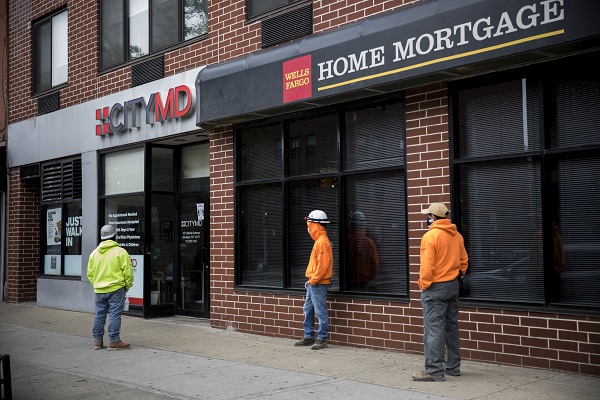Washington, (Samajweekly) The number of initial jobless claims in the United States totalled 1.5 million last week despite continuous reopening efforts across the nation, the Labor Department said.
In the week ending June 13, the number of Americans filing for unemployment benefits decreased by 58,000 from the prior week to 1,508,000, the 11th weekly decline in a row but remaining high on a historical basis, Xinhua news agency reported.
With the latest numbers, over 45 million initial jobless claims have been filed over the past 13 weeks as COVID-19-induced recession sent ripples through the US labor market, indicating the mounting economic fallout of the outbreak.
The new report also showed that the four-week moving average, a method to iron out data volatility, decreased by 234,500 to reach 1.8 million.
The largest increases in initial claims for the week ending June 6 were in California, Massachusetts, Oklahoma, New York, and Maryland.
The advance seasonally adjusted insured unemployment rate was 14.1 per cent for the week ending June 6, unchanged from the previous week’s revised rate.
The total number of people claiming benefits in all programs for the week ending May 30 was 29.1 million, a decrease of 375,522 from the previous week, according to the report.
US Federal Reserve Chairman Jerome Powell said in a virtual Congressional hearing on Tuesday that despite the economy bouncing back, “the levels of output and employment remain far below their pre-pandemic levels.”
Powell said significant “uncertainty” remains about the timing and strength of the recovery. “”Until the public is confident that the disease is contained, a full recovery is unlikely,” he said.
At its policy meeting last week, the Fed kept its benchmark interest rate unchanged at the record-low level of near zero, and projected interest rates to remain at the current level through at least 2022.
The central bank also projected that the US economy will shrink by 6.5 per cent in 2020, followed by a 5 per cent gain next year. The unemployment rate could fall to 9.3 per cent in the fourth quarter of this year, before reaching 6.5 per cent by the end of next year.










